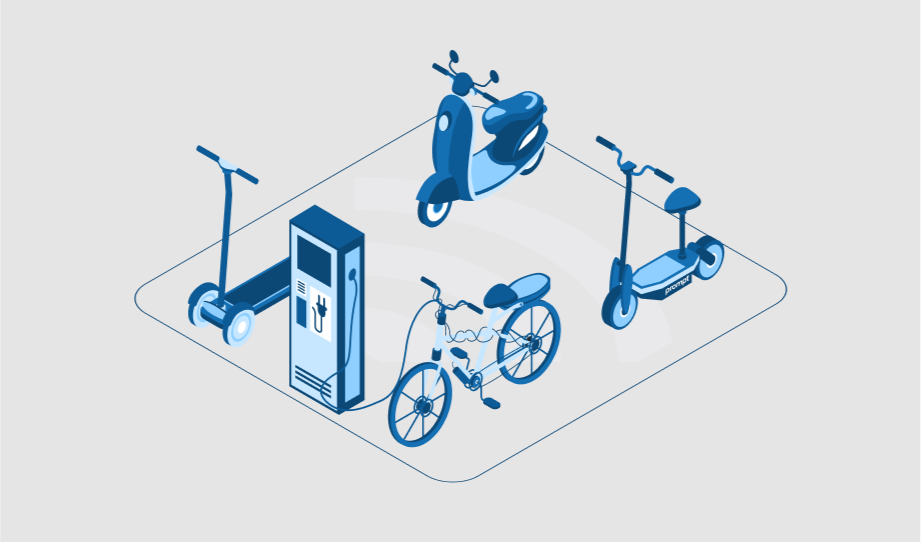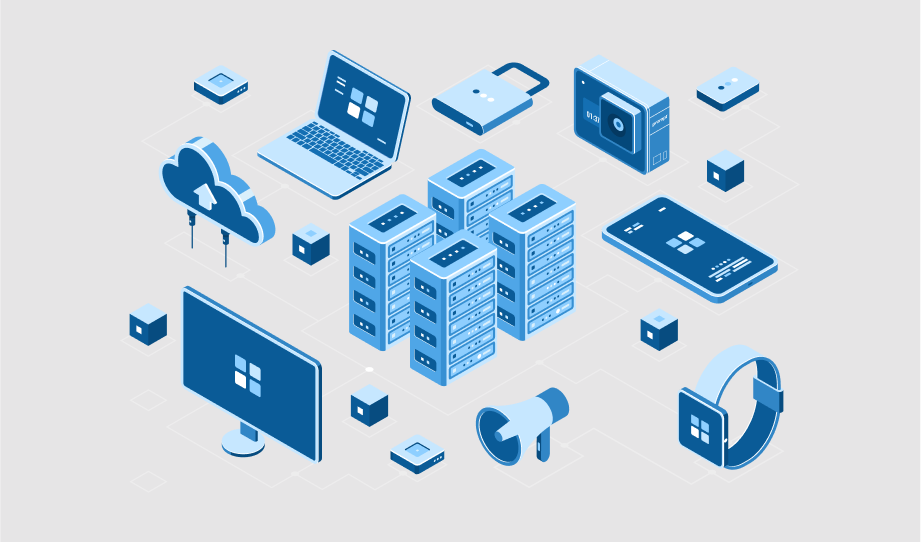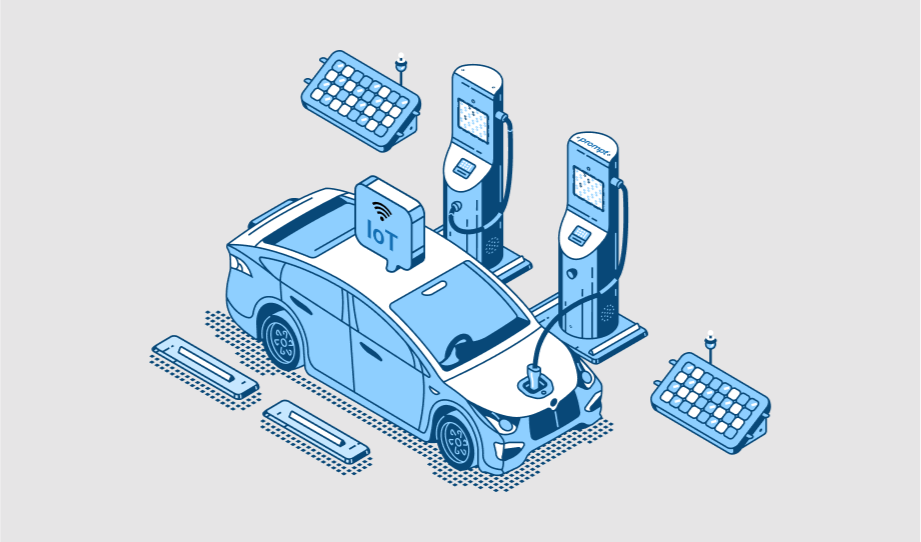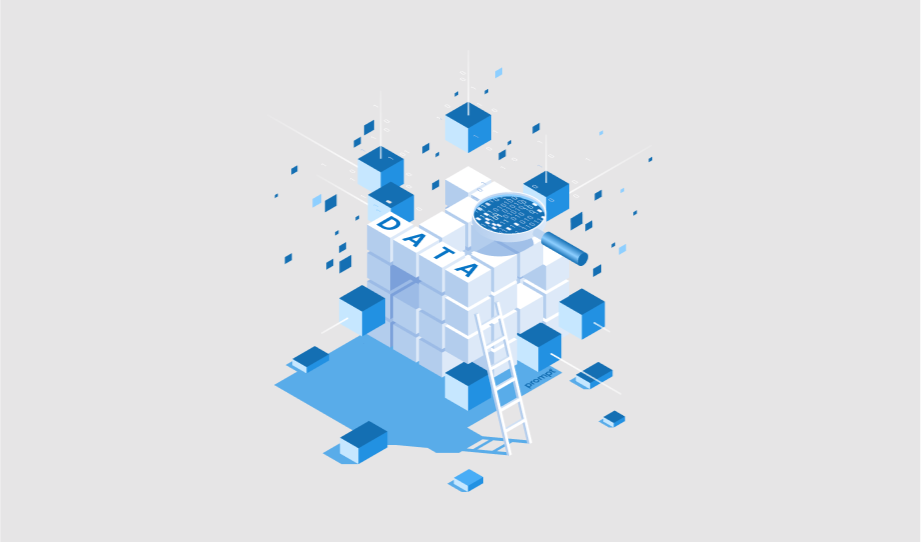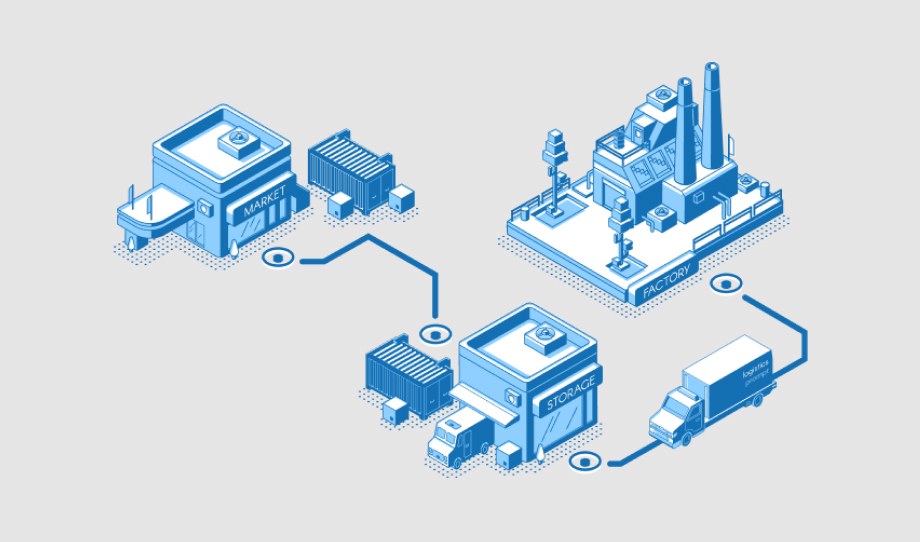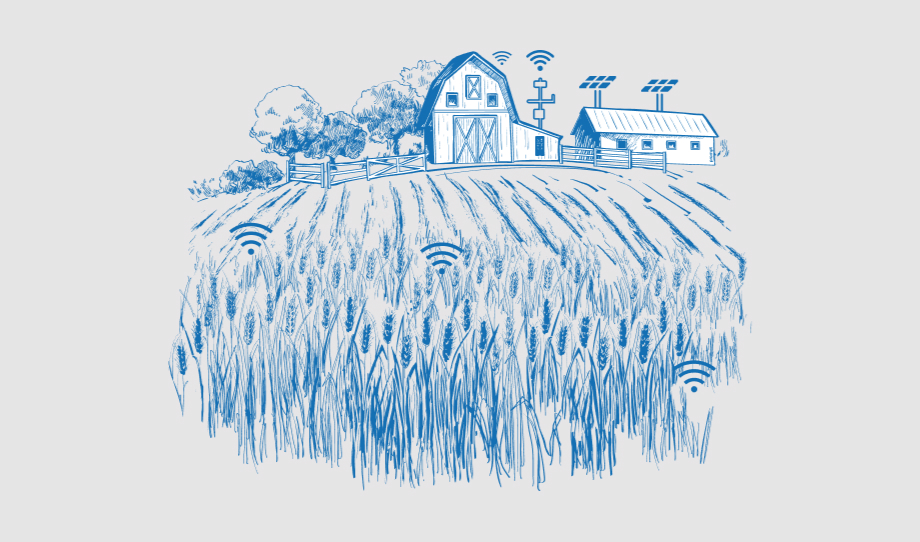How IoT Boosts the Micro Mobility Market?
The Internet of Things is no new thing in the tech market. Just look around, and…
Which Solution is Best for Your Connected Device – Edge or Cloud Computing?
If you have adopted IoT and are developing an IoT-connected device, you may wish to do…
Role of IoT in Electric Vehicle Monitoring & Management
Today we are witnessing the temperature rise, and one of the major reasons behind this is…
How is Data Science for IoT Changing Business Outlook?
The Internet of Things has been noticed as a shape-changing technology that has changed the shape…
How is IoT Helping The Procurement Team in Improving Productivity?
Today, almost every device is connected; whether it is your smartwatch, air conditioner, or television, we…
How Bioengineering and IoT can Increase Agricultural Production?
Today, the Internet of Things is involved in almost everything, which means it is becoming part…




